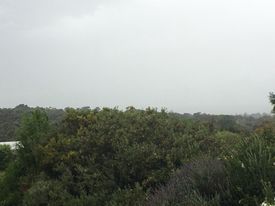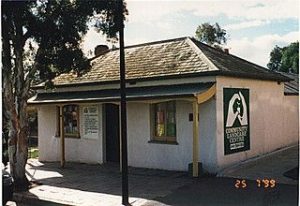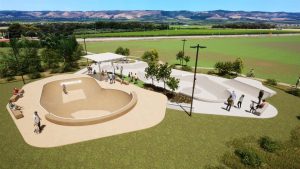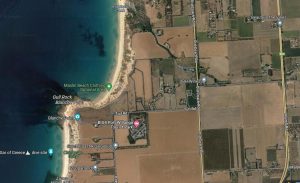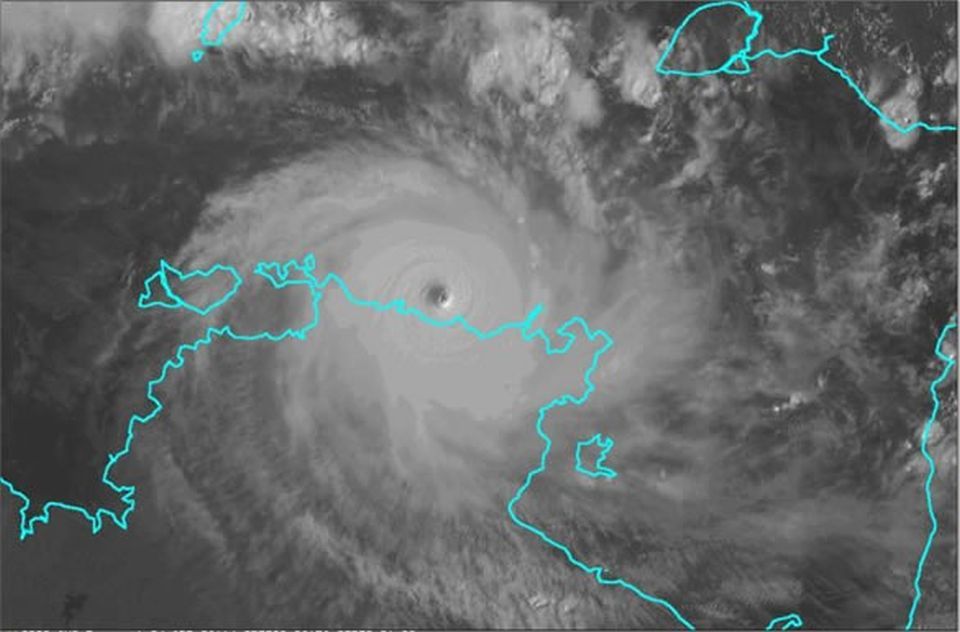
Climate change is impacting important archaeological sites around the world, including Australia’s oldest Indigenous rock art and “drowning islands” in the Pacific.
The ramifications of these rapidly emerging challenges will be discussed at a Flinders University symposium this week.
The ‘Archaeology, History, Indigenous and Heritage responses to the IPCC 6th Assessment Report and agendas for climate research and adaptation’ on Tuesday 16th November 2021 will cover important questions about questions of sustainability and adaptability of significant historical and ancient locations around the world.
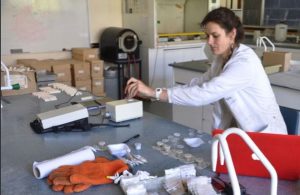
Event organiser, Flinders Lecturer in Archaeology Dr Ania Kotarba, says the IPCC 6th Assessment Report on the physical basis of climate change “forcefully forecasts how climate extremes and natural disasters will increasingly be part of our daily and seasonal lives”.
“Humans have been dealing with environmental challenges, climate extremes and natural disasters for millennia,” she says.
“While the severity and speed of changes now is new and pressing, archaeological and historical research can, and should, excavate examples of communities adapting to rapid change, often in a sustainable way, and offer insights for the future.”
Flinders University environmental historian Dr Alessandro Antonello says the seminar brings together Australian and international archaeologists, historians and cultural heritage practitioners working on climate change and sustainability themes to respond to the recent IPCC report and to explore various ways in which communities have adapted to new, often inferior, conditions in the past.
“The key focus of the seminar is on adaptation to natural disasters such as heatwaves (and associated catastrophic fires) and flooding,” Dr Antonello says.
“We ask: in light of the IPCC’s report, what new research can archaeology and history do to advance the climate agenda?
“How can archaeologists and historians contribute to climate challenges?
“Which regions and communities can benefit from historical and archaeological research as part of their climate adaptation?”
Whether lost to catastrophic fires, desertification, rising sea levels of coastal erosion, archaeology sites will help to inform researchers and cultural site managers on how important heritage sites have survived previous environmental challenges and climate change extremes.
“In the meantime, humanity must both drastically reduce carbon emissions and adapt our lives to these rapidly changing circumstances,” he says.
At the conference, Flinders archaeologist Dr Peter Ross will outline how submerged archaeological sites around Australia reveal stories about early colonisation of Australia by First Nations communities.
“These submerged cultural landscapes, following prehistoric global sea-level rises, are important for scientific research,” he says.
“It is possible that tropical cyclones have detrimentally affected archaeological preservation in offshore submerged areas.
“Tropical cyclones are the most devastating weather events to affect coastal Australia, and storm surge is the most damaging consequence of cyclones on the preservation of coastal archaeological features and sites.”
Dr Ross says Western Australia’s Dampier Archipelago on the Northwest Shelf is in one of the world’s most cyclone-prone regions and is directly impacted by cyclones approximately once every two years.
“However, there are no published accounts from the archipelago that document changes to archaeological sites caused by these recurring storm systems.”
On a similar theme, Flinders University anthropologist Dr Daryl Wesley says tropical cyclones also have an adverse impact on sites of significance Indigenous cultural heritage in northern Australia, notably Arnhem Land.
“This was seen in 2006 when Cyclone Monica made landfall over Arnhem Land resulting in widespread devastation along the northern portion of the sandstone plateau,” says Dr Wesley, from Flinders Archaeology.

